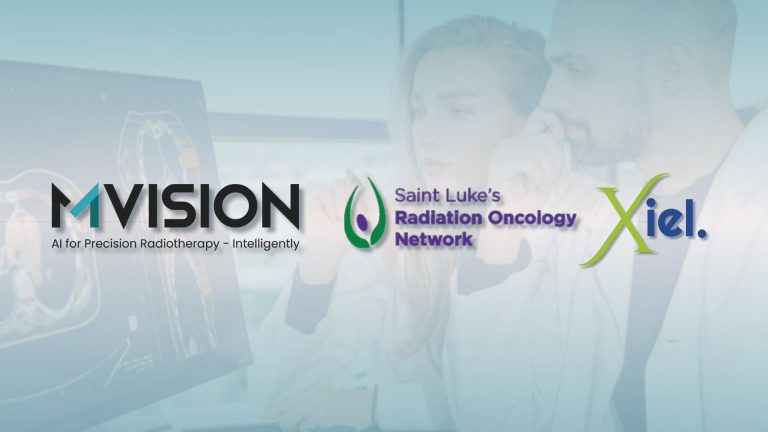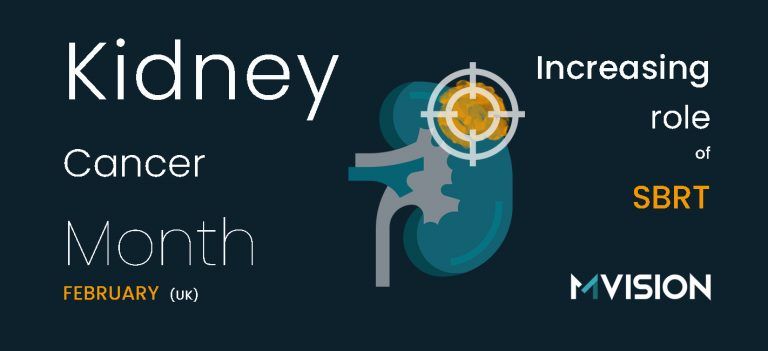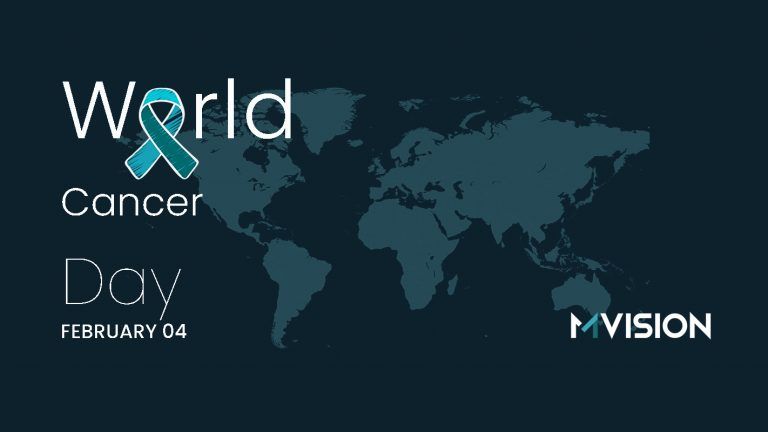Machine learning has become vital to the modern world, turning data into real, actionable insights. In radiotherapy, there has been a continuous increase in patient-specific needs met with the help of artificial intelligence, from quality personalized treatment to medical imaging.
In the machine learning field, there are two main types of tasks: supervised, and unsupervised. Supervised learning enables organizations to use data to understand and prevent unwanted outcomes or boost desired outcomes for their target variable. Unsupervised learning is equally important, drawing inferences from datasets without labels. This article will:
- Define and explain supervised learning
- Discuss the inner-workings of supervised learning, including classification and regression
- Provide a brief overview of and unsupervised learning
- Give real-world examples of the role machine learning plays in cancer patient care
What is Supervised Learning?
Supervised learning is a subcategory of machine learning defined by its use of a ground truth (the actual nature of the problem which is the target of a machine learning model, reflected by the relevant data sets associated with the use case). A machine learning model is a tool or algorithm that has been trained to make decisions based on certain data sets. During supervised learning, these training data sets contain prior knowledge of what the output values of the samples should be.
During training, the model will have both data and its labels available and will attempt to learn a function from the data to the label. The features and output of labels are used to learn a mapping from one to the other using machine learning algorithms. After it has been trained, the model can take in new data and predict a label using its learned function. To evaluate the model, the labels it predicts on a test set of unseen samples are compared to the ground truth labels from the test set.
MVision AI uses supervised learning to train its auto-segmentation models. By using the latest supervised deep learning-based techniques, patterns in the medical images can be learned using the available labels. With data carefully curated and labeled in-house, MVision AI ensures that the anatomic models are provided with the highest quality, and comply with official consensus guidelines.
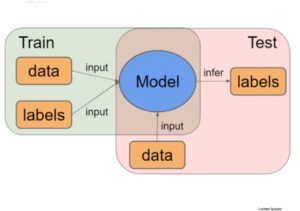
The Inner Workings of Supervised Learning
Supervised methods learn by looking at the data and its target output. The model tries to predict the target for a given input and is given feedback (supervised) about its performance so that it can adjust its parameters to improve the prediction in the future.
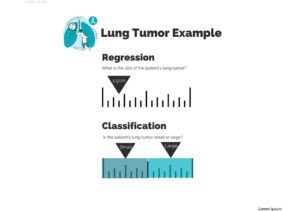
Classification
Classification utilizes an algorithm to accurately assign test data into specific categories. In medical imaging, classification is paramount. One of the many examples is classification’s effective detection and segmentation of classes, such as tumors. Traditional methods rely mainly on the shape, color, and/or texture features and their combinations. Recent deep learning methods provide an effective way to construct an end-to-end model that can compute final classification labels with the raw pixels of medical images. Lai, and HuiFeng) Classification is used in image segmentation for quality auto-contouring results. An example of classification when determining the size of the lung tumor can be seen in the lung tumor example above. During classification, a relevant question to ask would be, “Is the patient’s lung tumor small or large?”.
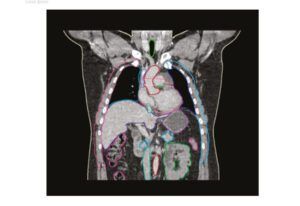
Regression
Regression is applied to recognize the relationship between dependent and independent variables (Delua). Regression takes a group of input variables, thought to be predicting a specific number or set of numbers, and tries to find a mathematical relationship between them. Regression considers the problem of estimating continuous rather than categorical variables and can be more challenging. It is paramount for clinical imaging. For example, regression is used in dose prediction to help clinics accurately predict the proper dose of radiotherapy needed for each patient. An example of classification when determining the size of the lung tumor can be seen in the aforementioned lung tumor example. During regression, a relevant question to ask would be, “What is the size of the patient’s lung tumor?”.
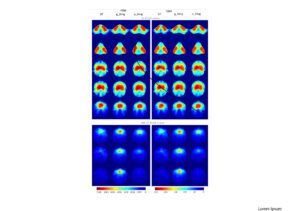
Given an input dataset, deep neural networks can perform tasks such as classification, regression, and segmentation.
What is Unsupervised Learning?
Unsupervised learning, the counterpart to supervised learning, is defined by its lack of ground truth. Unsupervised learning uses machine learning algorithms to analyze and cluster unlabelled datasets. It is capable of independently discovering similarities and differences in information. Unsupervised learning can take many forms, but the goal remains to learn a natural structure within the data set.
In contrast to supervised learning, the model does not take labels as input. Instead, the model takes in data and will attempt to infer an output. The output takes many forms, such as clusters in the data or features inside an image. The most common unsupervised learning method is cluster analysis, which is used for exploratory data analysis to find hidden patterns or groups in data.
MVision AI is exploring unsupervised learning to increase the robustness and accuracy of the OAR-contouring models. Unsupervised learning provides an opportunity to learn patterns from much larger datasets, for which labelling would be too labor-intensive. When combined with supervised learning on a smaller dataset, it can boost the final performance and robustness of the models.
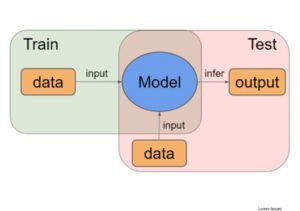
To conclude, in the field of Machine Learning, an important distinction is made between supervised and unsupervised learning. This distinction is made based on the provided information to the model. As the names suggest, if the model is provided the target/desired output supervision, it falls within the category of supervised learning. If no target output is provided, it falls within the category of unsupervised learning.
MVision’s GBAIS™ SaaS For Your Clinic
MVision AI is the pioneer of guideline-based AI segmentation, GBAIS™, radiotherapy software. Our deep learning system helps you automate organ-at-risk contouring, including lymph nodes, to streamline your cancer treatment planning. Our software complies with HIPAA, and GDPR, bringing the highest quality radiotherapy planning SaaS solution for your oncology department.
MVision AI is active on LinkedIn, Twitter, Facebook, and Instagram. Follow us on social media and subscribe to our newsletter to stay up-to-date on the latest MVision AI news.
Are you eager to learn more? We welcome you to contact MVision AI:
c/o Terkko Health Hub, Haartmaninkatu 4, 00290 Helsinki, Finland.
Tel: +358 (0) 40 5489 229
Email: info@mvision.ai
For media inquiries:
+358 40 500 7915; pr@mvision.ai
Sources
Chan, et al. “Integration of AI and Machine Learning in Radiotherapy QA.” Frontiers, Frontiers, 1 Jan. 1AD, https://www.frontiersin.org/articles/10.3389/frai.2020.577620/full#B20.
Delua.“Supervised vs. Unsupervised Learning: What’s the Difference?”
IBM, 12 Mar. 2021, www.ibm.com/cloud/blog/supervised-vs-unsupervised-learning.IBM. “What Is Supply Supervised Learning? | IBM.”
IBM, www.ibm.com/topics/supervised-learning. Accessed 3 Jan. 2022.—. “What Is Unsupervised Learning? | IBM.” IBM, www.ibm.com/topics/unsupervised-learning. Accessed 3 Jan. 2022.
Lai and HuiFang. “Medical Image Classification Based on Deep Features Extracted by Deep Model and Statistic Feature Fusion with Multilayer Perceptron.” Computational Intelligence and Neuroscience, vol. 2018, 2018, pp. 1–13. Crossref, doi:10.1155/2018/2061516.
Li, Chan, and Shi. (2017). “Clustering breathing curves in 4D radiotherapy by using multiple machine learning tools: K-means and Hierarchical clustering algorithms.” in Proceedings of the 11th Annual Machine Learning Symposium (New York, NY), 28–29.
